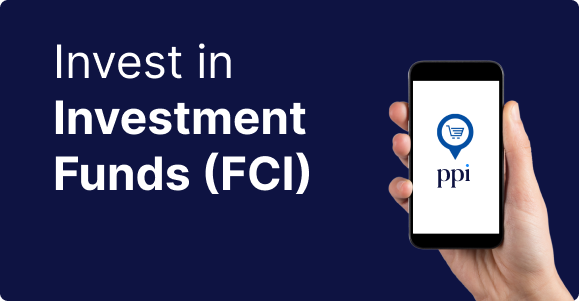Benefits of trading Futures
Strategy
You can use them as a hedge, investment or speculation depending on what your objective is.
Diversity
There are futures for currencies (dollar), financial assets (bonds), and commodities (gold, oil, etc.).
Leverage
They allow you to enhance the performance of your investment with little capital.
What Futures can I trade?
Access all quotes in real time, and learn about all your options.
Potential your opportunities
In the Research section you will find all the reports to optimize your decisions.
FAQs
They are financial instruments whose value “derives” from the evolution of the prices of another asset, called the “underlying asset.” These underlying assets can be financial assets such as interest rates, currencies, indices, bonds, etc. or basic products such as commodities. They fall within the classification of derivatives, for example, futures, options and swaps.
A future is a contract by which the parties agree to buy or sell a certain underlying asset at a set price, and at a pre-established date. This can be a contract on a financial asset, or a physical good. They are assets that operate with a guarantee, and are leveraged. When buying or selling a future, only a percentage of the total amount of the operation is included, but our exposure to the market will be much greater.
The profitability will be given by the nature of the behavior of the underlying asset. There are two positions that the investor can take against the market: “long” or “short”. If the investor, for example, believes that the price of the underlying asset is going to increase, he will adopt a “long” position (he will be bought). While if the expectation is that it will go down, the strategy would be to sell that same contract for a certain period and, consequently, take a “short” position. It is important to understand, meanwhile, that derivatives in general are usually identified as having a high risk, which is why they are generally recommended only for investors with a high financial capacity to assume large losses, and with enough experience to constantly monitor the evolution. of the markets.
Hedging: Generally, it is importers and exporters who use futures for this purpose. They can buy or sell a future (depending on the operation they carry out) and set in advance the price of the asset on which the operation is being closed. Thus, the objective is to reduce the risk inherent to variations in the asset during a certain period of time, that is, to protect itself from price volatility. For example, a soybean producer can sell future contracts on said asset, and eliminate the uncertainty related to the variation in the price of the grain during the period between the closing of the operation and the physical transaction itself. Investment: When we talk about financial futures, for example about the dollar, there is the possibility of creating a strategy whose purpose is to earn a certain interest rate. This can be in pesos, or in dollars. Speculation: Unlike those who seek coverage by trying to minimize price volatility in a transaction, speculators base their objective on increasing their risk by seeking to maximize profits with the movement of futures prices. They can be played with a single position (betting on the downside or upside of a certain future), or combine two or more positions whose objective would be to profit from the existing spreads.
Margins have the objective of ensuring compliance with the obligations of all clients with open positions. The liquidity margin is used to cover the daily differences generated by an open position. The purchase and sale of futures contracts requires daily collections and payments of funds, known as differences. These differences are determined daily for each client taking into account the original price of the operation and the adjustment price of each contract. This must be integrated in pesos regardless of whether the futures contract is denominated in another currency. For its part, the guarantee margin is the minimum amount of guarantee required to guarantee an open futures position with the Clearing House. The objective is to cover the “reasonable” loss of a portfolio in two days. It is set by the Market itself and can be integrated into cash or species. If the volatility of the underlying increases, the guarantee margin can be increased by the Clearing House and clients with open positions must cover the greater guarantees immediately or close their position.
Among some of the concepts worth highlighting that the investor must understand, we can mention the volume, such as the flow of operations (number of contracts), recorded in one day; and the open contract, which are those contracts that were not sold or canceled through a contrary operation. This leads us to talk about open interest, as relevant data, which is the number of contracts open and available for trading. The latter is the main measure of market liquidity and depth. On the other hand, the adjustment price is the price determined by the Market from which the price differences of open operations are paid and collected.


